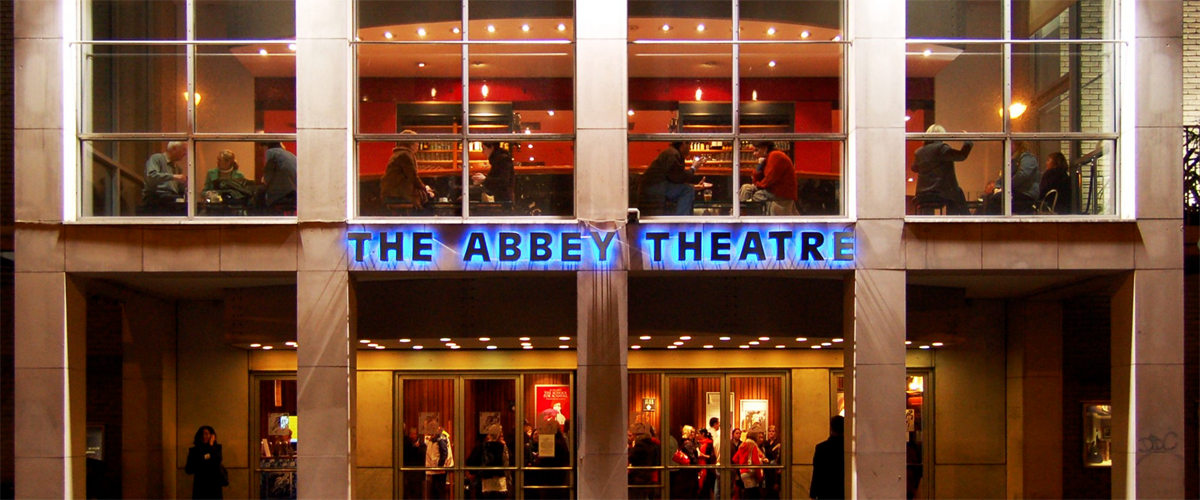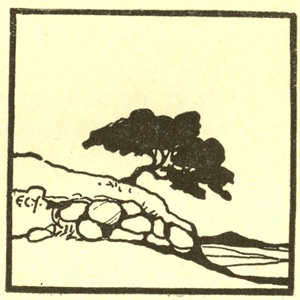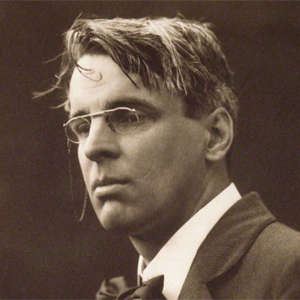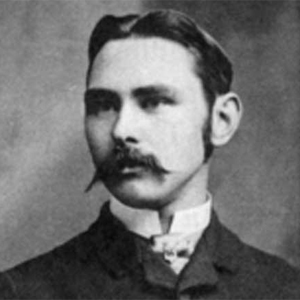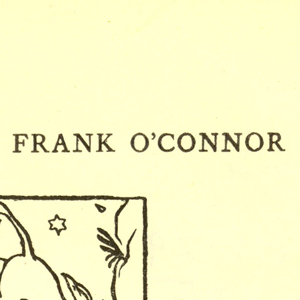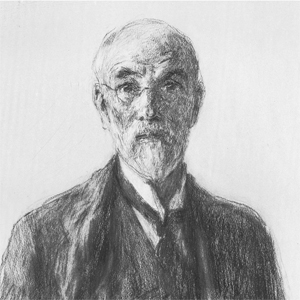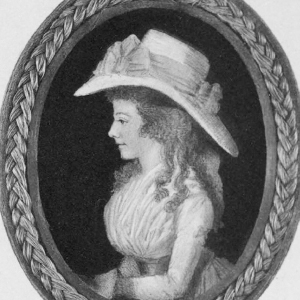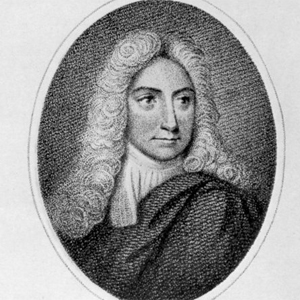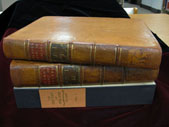The Irish Literary Revival (also called the Irish Literary Renaissance, nicknamed the Celtic Twilight) was a unfolding of Irish literary talent in the late 19th and early 20th century. It was closely allied with a strong political nationalism and a revival of interest in Ireland’s Gaelic literary heritage. The revival was inspired by the nationalistic pride of the Gaelic revival and by the Gaelic League, which was formed in 1893 to revive the Irish language and culture.
The movement developed into a vigorous literary force centered on the poet and playwright William Butler Yeats. Though he contributed to the foundation of the Abbey Theatre, the first Irish national theater, he wrote only a few plays. His chief colleague was Lady Isabella Augusta Gregory, who took a leading part in the Abbey’s management and wrote many plays. The Irish Literary Theatre, established in 1898, also excelled in the production of peasant plays. The greatest dramatist of the movement was John Millington Synge, who wrote plays of great beauty and power in a stylized peasant dialect. Later, the theater turned toward realism, mostly rural realism. Lennox Robinson and T.C. Murray were among the early realists. In reaction to peasant realism, Sean O’Casey wrote three great dramas of the Dublin slums: The Shadow of a Gunman (1923), Juno and the Paycock (1924), and The Plough and the Stars (1926).
In poetry, in addition to Yeats, George Russell (pseudonym AE) composed works of enduring interest. Notable among their younger contemporaries were Padraic Colum, Austin Clarke, Seumas O’Sullivan (James Sullivan Starkey), F.R. Higgins, and Oliver St. John Gogarty. The Irish Republican movement had its poets in Patrick Henry Pearse, Thomas MacDonagh, and Joseph Plunkett, all executed in 1916 for their part in the Easter Rising.
